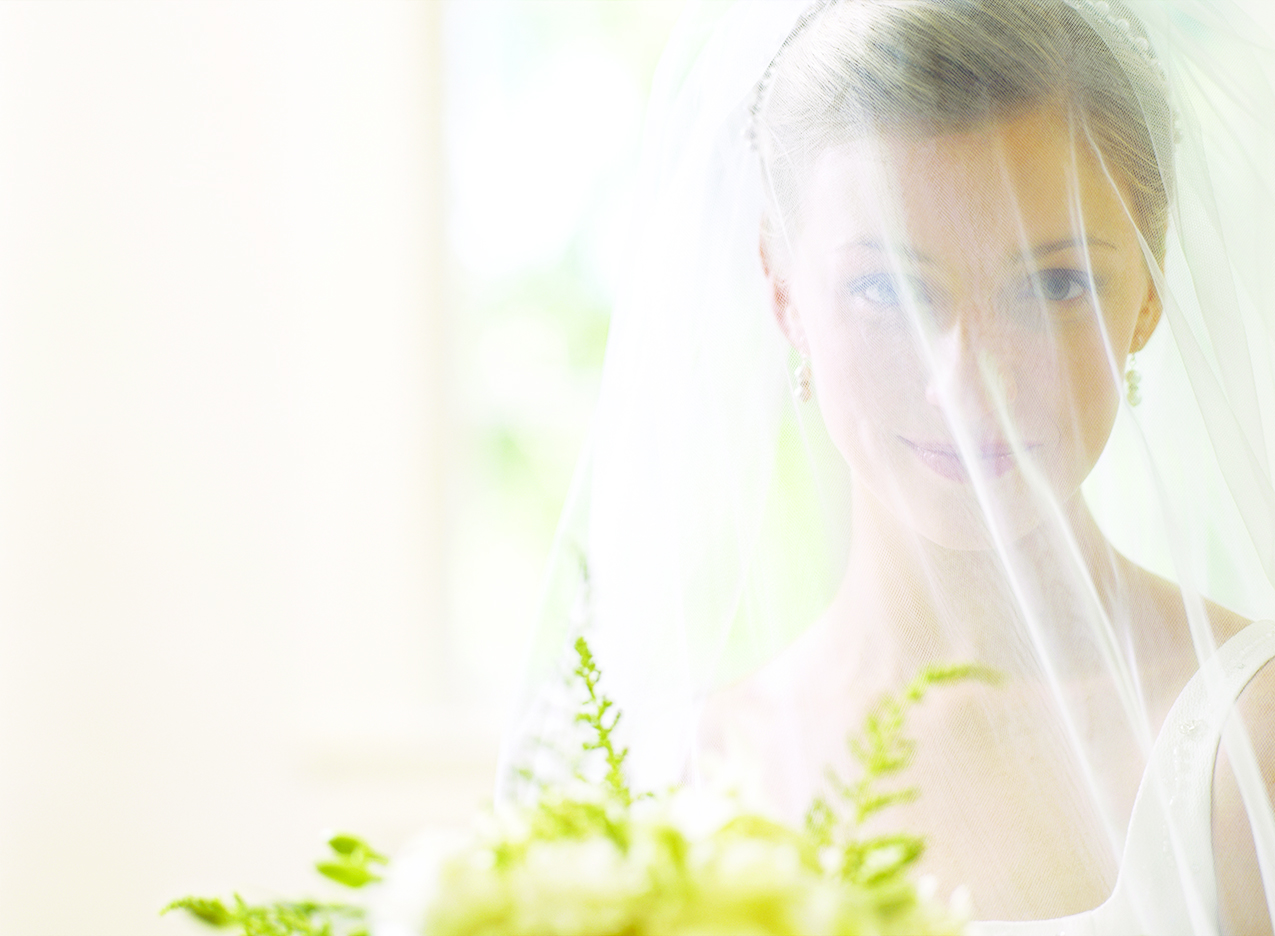Though couples can plan wedding ceremonies and receptions how they see fit, many weddings are steeped in tradition, some of which may be more subtle than others. One longstanding wedding tradition revolves around a bride’s attire. Historians differ regarding the origins of the bridal veil, but some trace this tradition all the way back to Ancient Greece.
Others suggest bridal veils were first popularized within the Roman Empire by people who believed that the veil protected the bride from evil spirits as she walked down the aisle. Traditions surrounding bridal veils even differ within various faiths, so the veil may signify one thing at a Jewish wedding and something entirely different at a Christian ceremony.
Veils also have long been seen by some as symbolic of purity. Despite their long-held position in wedding lore and tradition, veils are no longer seen as a must-have. Nor are brides who choose to wear a veil beholden to having it cover their face as they walk down the aisle.
In fact, many modern brides now flip their veils over their head as they walk down the aisle en route to saying, “I do.” Regardless of how brides who opt for veils choose to wear them, there’s no denying the enduring popularity of this tradition.
The Tradition behind bridal veils
Please login to join discussion
ADVERTISEMENT



